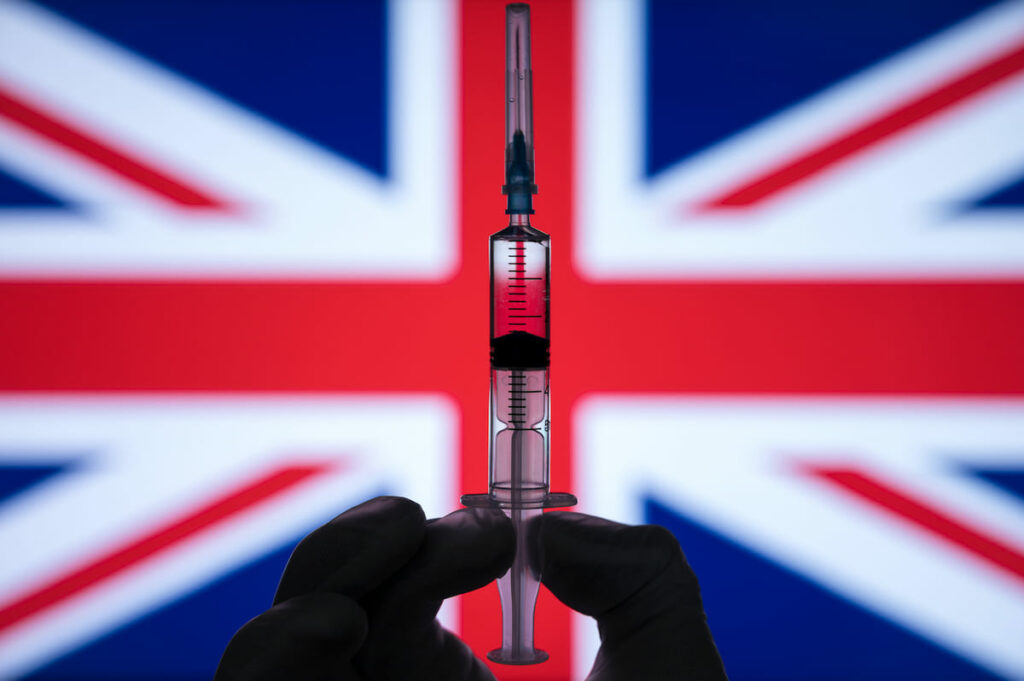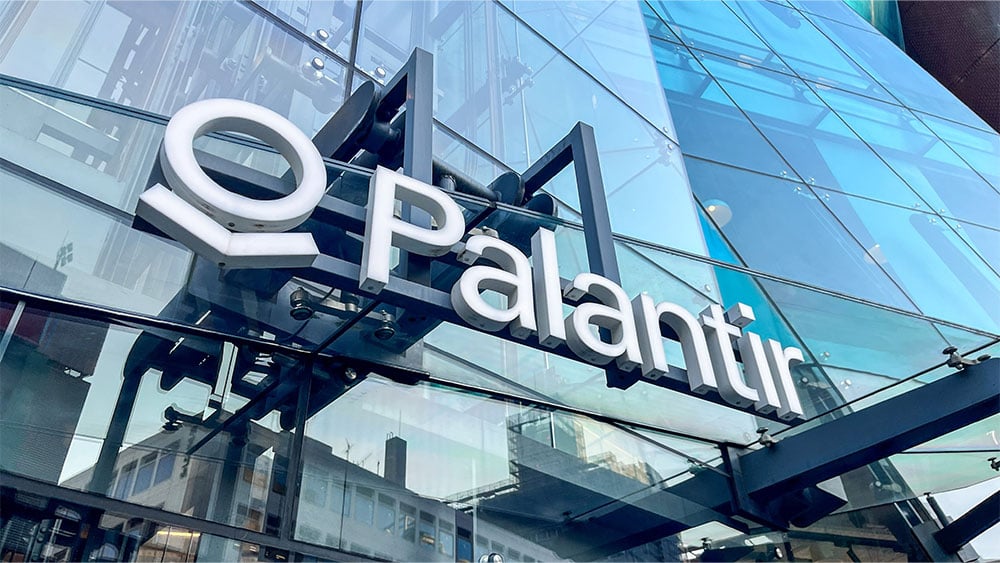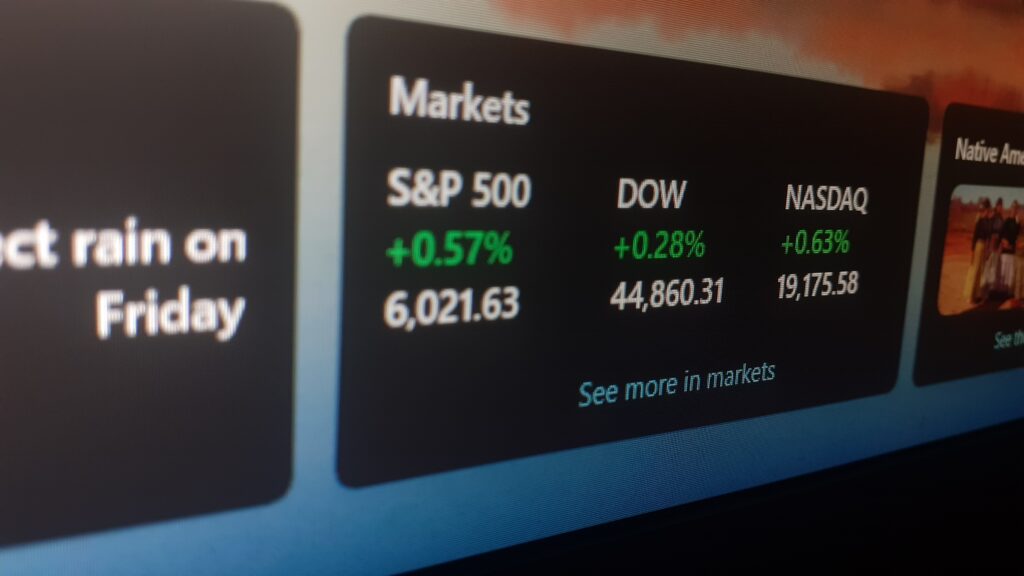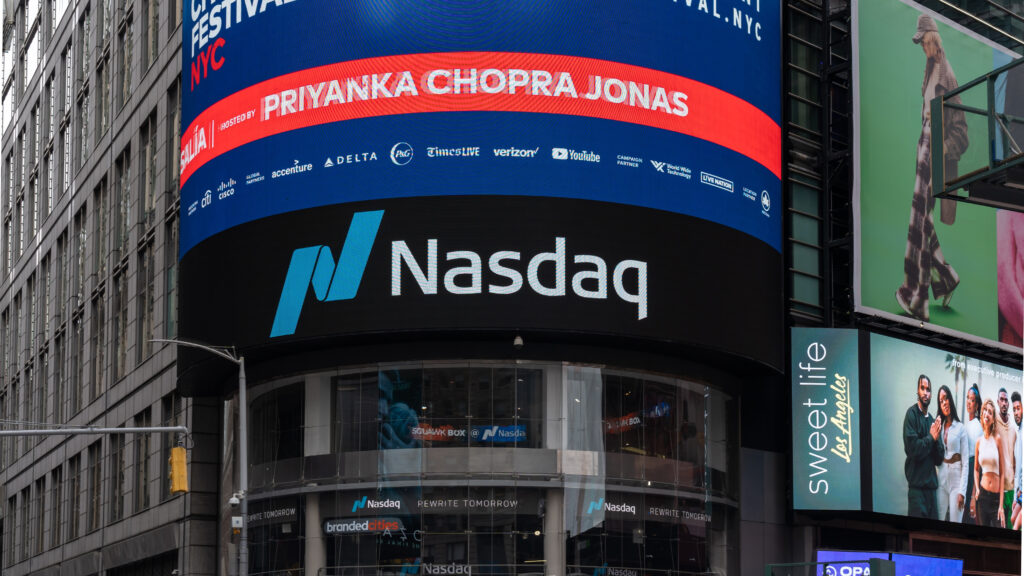What factors will impact on recovery?
The vaccines have finally landed. After a difficult year we would all rather erase and rewind and with markets moving in all sorts of directions, the news of working vaccines is certainly welcome. But how will the roll out of vaccines impact on economies? What other factors could make a difference to their recovery?And how does this affect GBP/USD and USD/EUR currency pairings?
Who is leading the vaccination charge?
At the time of writing of this article (early March 2021) Israel, United Arab Emirates and the UK are leading the number of Covid-19 doses administered per 100 people.
And the results so far have been overwhelmingly positive. Whilst the jury is still out on which vaccine offers better protection in general, whether that’s with only one dose or against new COVID variants, most approved vaccines have shown high effectiveness in reducing both the number of mild infections as well as deaths and hospitalisation.
But the key question is now: who will recover the quickest? The short answer is: the countries that are able to vaccinate a large proportion of their population the fastest, allowing for enough protection among the most vulnerable in order for businesses to reopen as quickly as possible.
But speed of vaccination is heavily dependant on different factors: access to the vaccine, which can depend on affordability, or as the EU has recently demonstrated, be simply down to contractual issues or delays in approvals, internal rollout mechanisms and other factors.
It’s also worth keeping a close eye on economies that weren’t hit as hard by Covid due to taking strict measures quickly early on. Examples include New Zealand and Taiwan. Given that these countries were not hit as hard to begin with, it stands to reason that a vaccine rollout should mean a speedier recovery for those nations in contrast with places that had to deal with Covid-19 on a large scale.
So, when are we back to normal?
Whilst the fast rollout of vaccines in countries such as the UK and Israel has shown a dramatic reduction in infections and hospital admissions, some country leaders seem cautious about returning ‘back to business as usual’ too hastily. Having learned their lesson the hard way in 2020, a steady but clear plan seems to be favoured over a rushed reopening of the economy which could raise R rates and spike numbers quickly, allowing for new variants to spread.
Despite a hugely successful quick rollout of a large number of vaccines, the UK for instance has decided to provide a clear and steady plan to recovery aiming for the 21 June 2021 as the date when most things will be allowed to return to normal. By his own admission, UK Prime Minister Boris Johnson stated that a few weeks ago an ambitious timeline aiming for June seemed rather impossible, but is now only feasible due to the fast vaccine rollout. The FX market responded positively to the announcement. The pound hit a high of 1.17 GBP/EUR and 1.41 GBP/USD, but has since weakened.
The UK aims to have all adults vaccinated by the end of July, which is ambitious but given its current rollout success rate feasible. Each phase of reopening is linked to set testing criteria before the next level of restrictions is lifted.
The EU on the other hand has had a much harder time rolling out the vaccine fast and this has taken its toll on the EUR. As a result there has been a lot of pressure on the ECB to increase bond purchases to keep borrowing costs down in the EU. The next Executive Board meeting will be held on the 11 March. At the time of writing the EUR/USD was depreciating towards the $1.20 mark.
How about the US? Much was depending on Joe Biden’s 1.9tn relief package which has now been approved by Congress. It has since strengthened the US dollar and currencies such as the GBP have started to slip. Some reports seem to point towards a recovery near the end of 2021, some to 2022, others are even more optimistic and hopeful for a faster recovery. Recent news of rising bond yields paid on US ten-year treasury bonds have further helped the US Dollar perform better.
Positive news from places such as Israel and the UK may well encourage a more speedy rollout of vaccinations if possible and there are signs of a possible faster recovery. The approval of the Johnson & Johnson one-shot only vaccine brings further hope for a faster vaccine rollout in the US, so long they all stay effective against new variants that countries are watching and tracking anxiously.
We all love data, and when it comes to US data, many indicators and trackers are available to ascertain the state of the US economy as it is now.
What kind of recovery can we look forward to?
Recovery will come in many shapes and forms. While some economies may recover by the end of 2021, some industries have been hit much harder than others. Some businesses will never reopen, others, such as travel and hospitality, will take longer to bounce back. All of this has an impact on employment figures and permanent loss of employment.
The pandemic has also changed the landscape and our habits of working, transport and shopping. Consumers who have never shopped online in the past, now prefer it. Remote working, once the exception, has overnight become the new norm. Questions are also raised on what long-term impact this new way of working will have on large cities such as London and New York and their path to recovery.
What about debt?
There is also the issue of paying off huge amounts of debt governments and central banks have acquired in order to combat a massive crash to their economies and to keep businesses afloat and people fed and alive during this pandemic.
The amount of quantitative easing that we’ve seen taking place in the last year is likely to impact on inflation rates for some time to come. Those levels of debt are not something that will be done away with by the end of 2021, but they will certainly help in boosting economies in the short-term. There are also expectations for the Federal Reserve to start easing off its quantitative easing sooner rather than later and to start tightening its approach.
We will be paying close attention to central bank announcements and government budgets in the coming months and years as many economies will have to deal with reducing the mountains of debt on their shoulders.
In the meantime, we can’t wait to get our jab.





